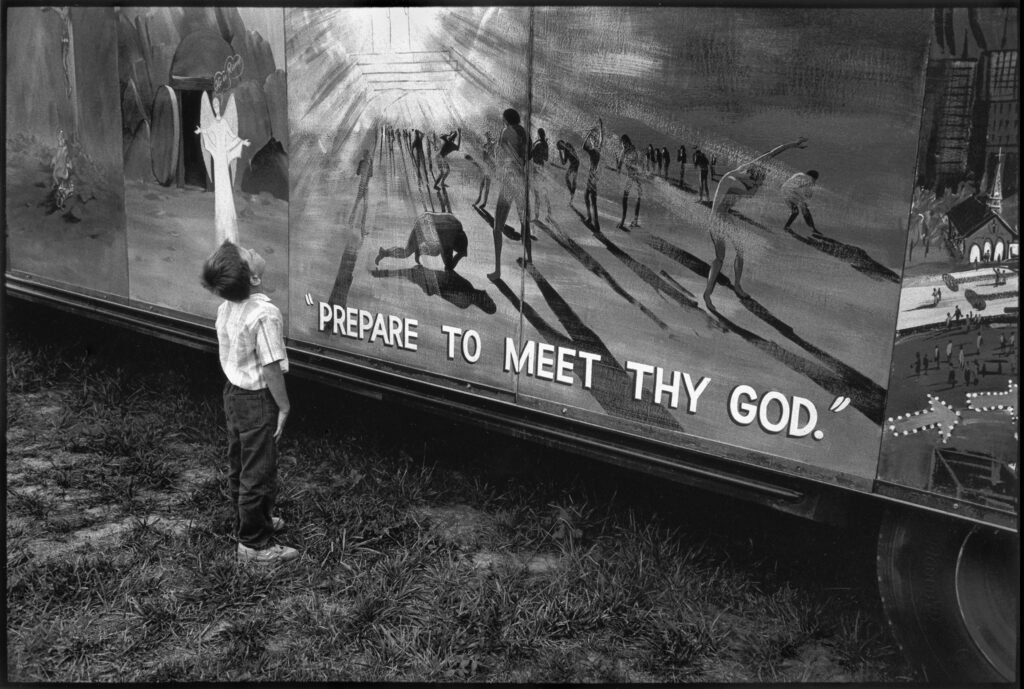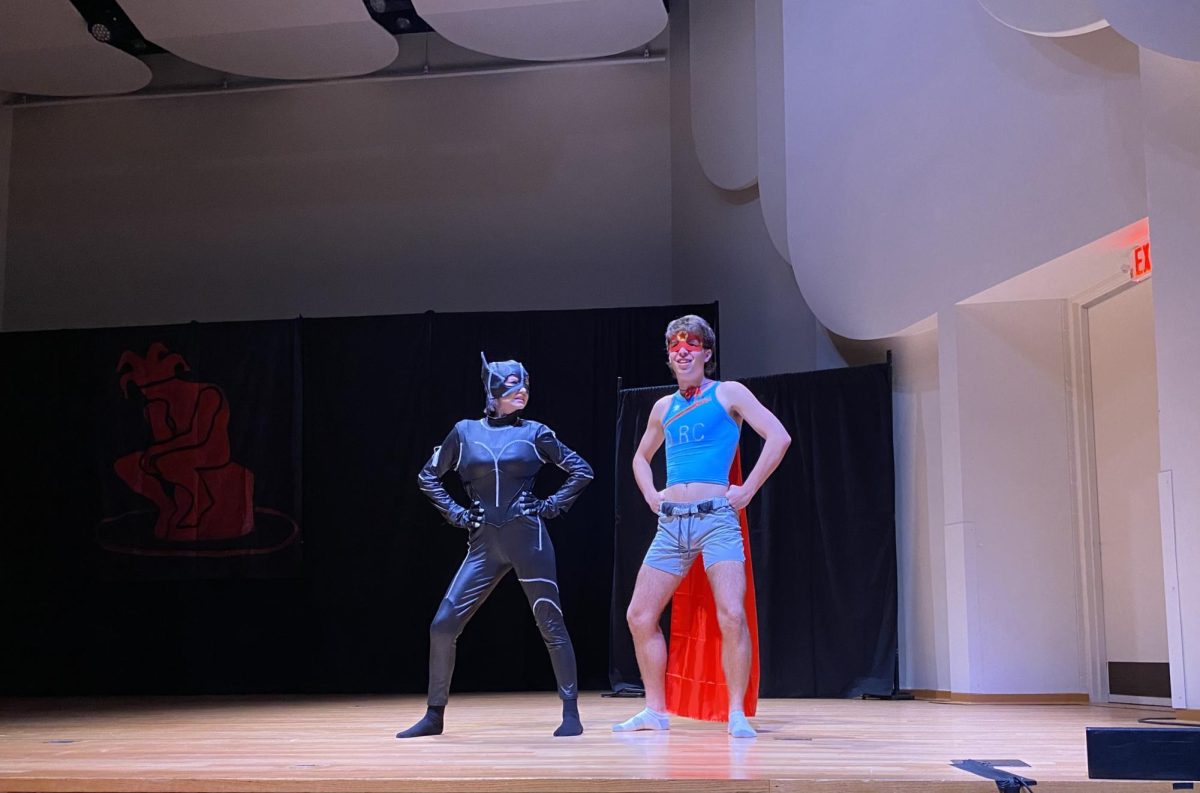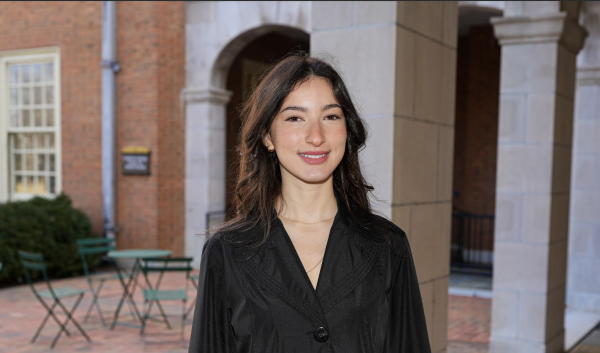In the South, one inevitably becomes intimately acquainted with the presence of religion and spirituality. This connection is palpable, particularly in the isolation of the tobacco fields of Eastern North Carolina where I grew up, where the beating sun demands introspection into the region’s cultural complexities.
Upon entering the Potter Gallery at the Southeastern Center of Contemporary Art (SECCA), the essence of love and loathing steeped over generations in southern culture materializes. The new exhibition, titled “From Alpha to Creation: Religion in the Deep South,” delves into the multi-textuality of Southern culture through various forms of media. Documentary photography, landscape art and installations vividly portray the myriad religions and spiritualities that permeate the region. The art creates a cohesive theme encompassing major monotheistic religions, indigenous beliefs and Afro-Latin creeds.
Maya Brooks, the assistant curator of contemporary art, drew inspiration for the showcase from a drive down I-85 South, where a bright, yellow billboard proclaiming “Jesus” caught her eye. For Brooks, this resonated as a homely, quintessentially southern sentiment.
“It’s not just the sign itself, it’s what it represents; it represents home to me, it represents the south to me,” Brooks said. “Religion ties us all together down here, no matter what our affiliation is. We’re influenced by it, we see it around us, it’s embedded in our landscape.”
Although the South enables the coexistence of diverse religions, from Protestantism to Vodou, Brooks emphasized that the showcase is not about religions in and of themselves but about people and and our relationships with one another.
Brooks said she did this intentionally because she wanted to harness a “breadth of experience [and] breadth of people living.” It seeks to capture the vitality of people living within the complex history of southern religious and socio-cultural interplay.
To answer the pervasive question of what defines the South, the exhibition positions itself within the framework of religious experience. According to William Faulkner, a key figure in southern literature, religion is an integral figuration of the southern landscape, regardless of personal beliefs. The art presented at SECCA transcends religious boundaries, aiming to convey the immersive experience of the South through diverse perspectives.
Brooks acknowledges the diverse origins of the featured artists, ranging from personal connections like Ralph Burns to those discovered through books and publications. The sentiment expressed in the exhibition mirrors the covert corners of the rural South, where the influence of religion is pervasive, shaping landscapes and connecting diverse communities.
Even in the most unexpected corners of the rural South, the interconnectedness of experiences becomes apparent. The exhibition, “From Alpha to Creation,” intentionally places together historical and contemporary examples, showcasing the communion of religion and spirituality without favoring one over the other.
In the words of Brooks, the exhibition is a testament to the love she had growing up in the South. It goes beyond a mere survey of the region, avoiding clichéd romanticization of stereotypes. The showcase may have emerged from a personal encounter with a bright, yellow “Jesus” billboard, capturing the essence of home and the unique spirit that defines the South. But through community rituals, adornments, landscapes and various forms of art, “From Alpha to Creation” highlights diverse experiences and people that make up the robustness of religious and spiritual expression in the American South.











